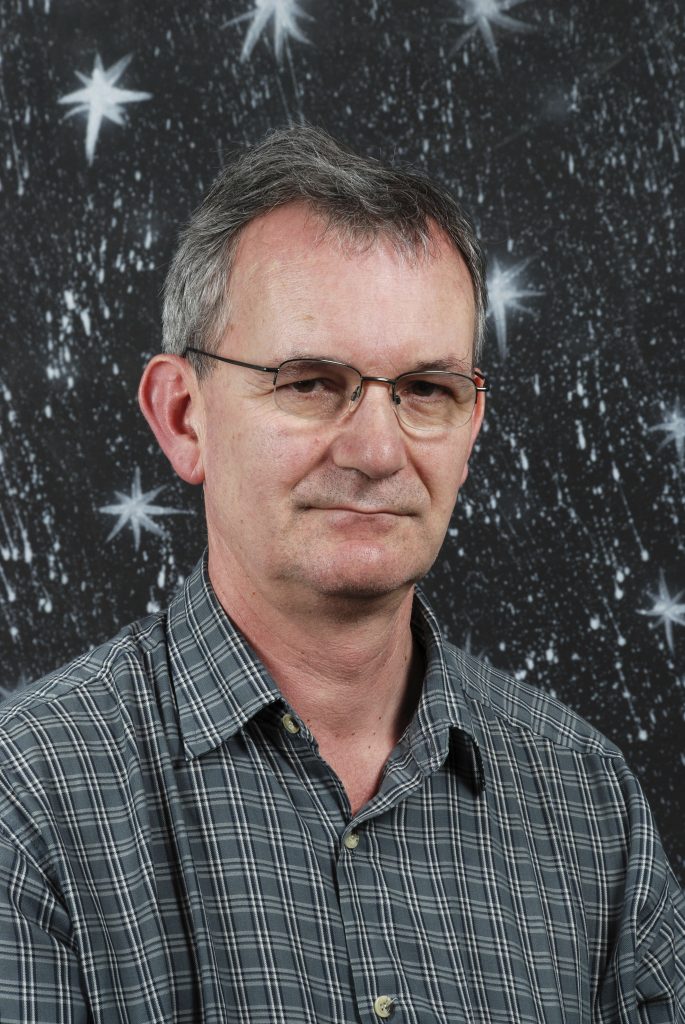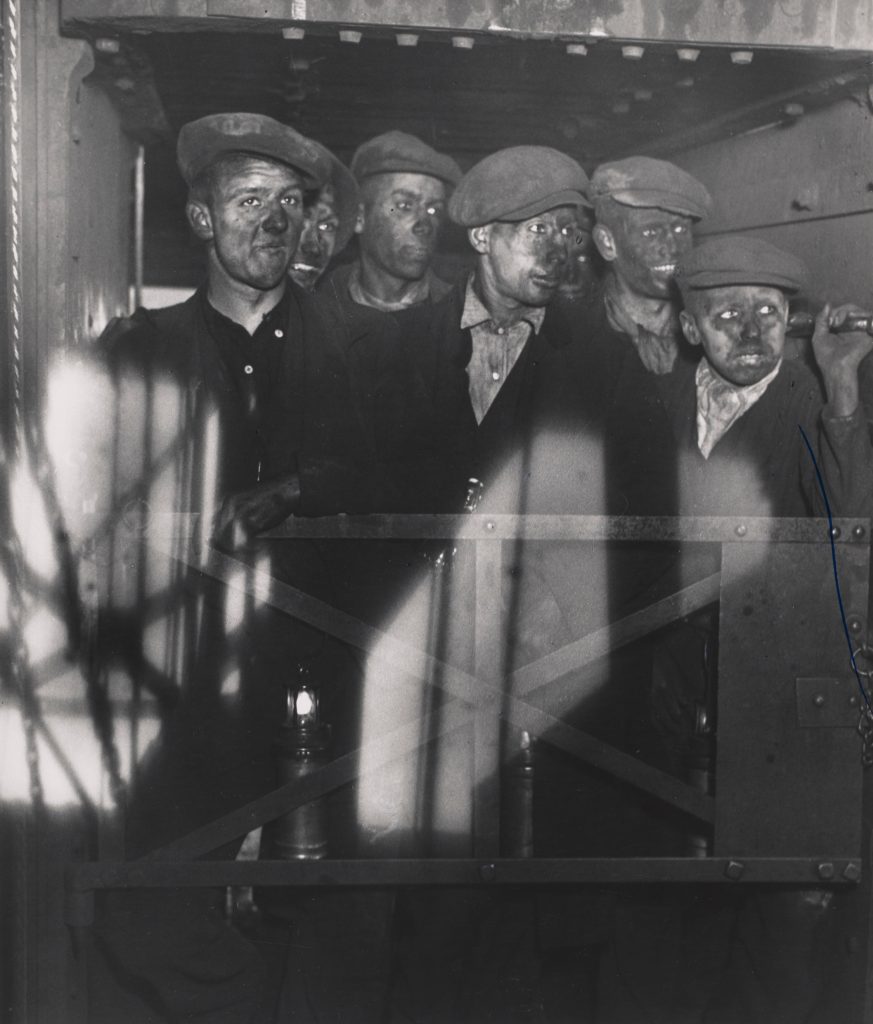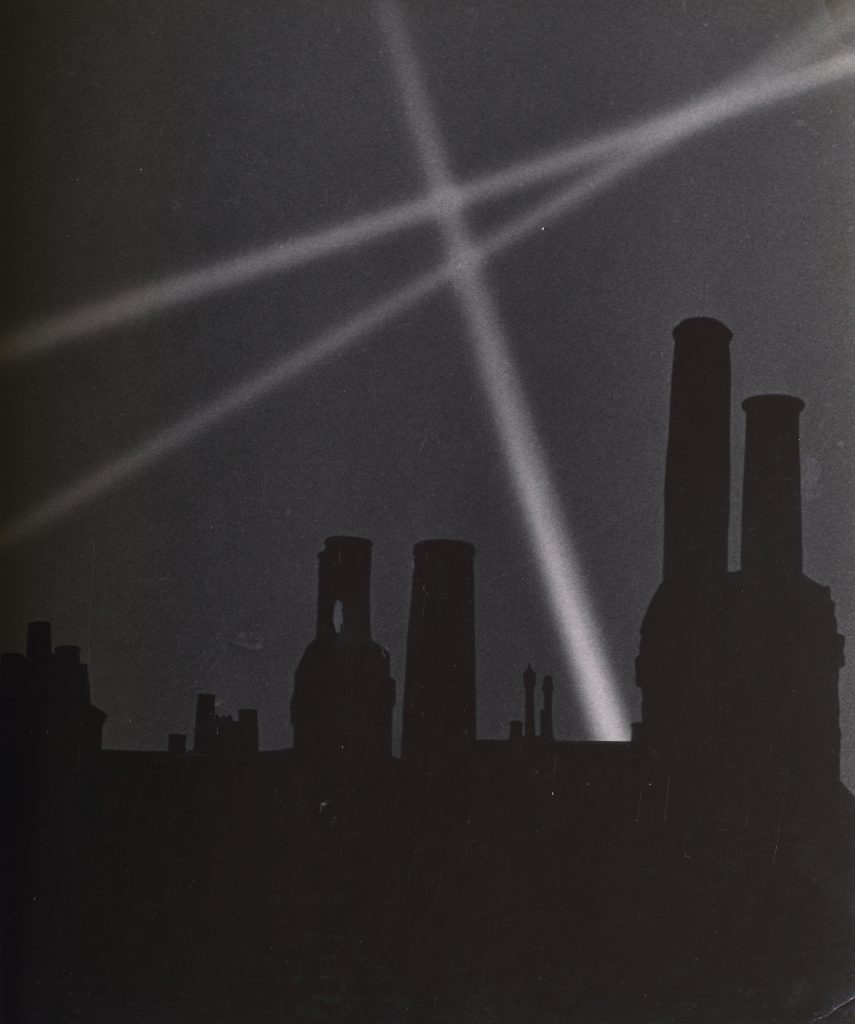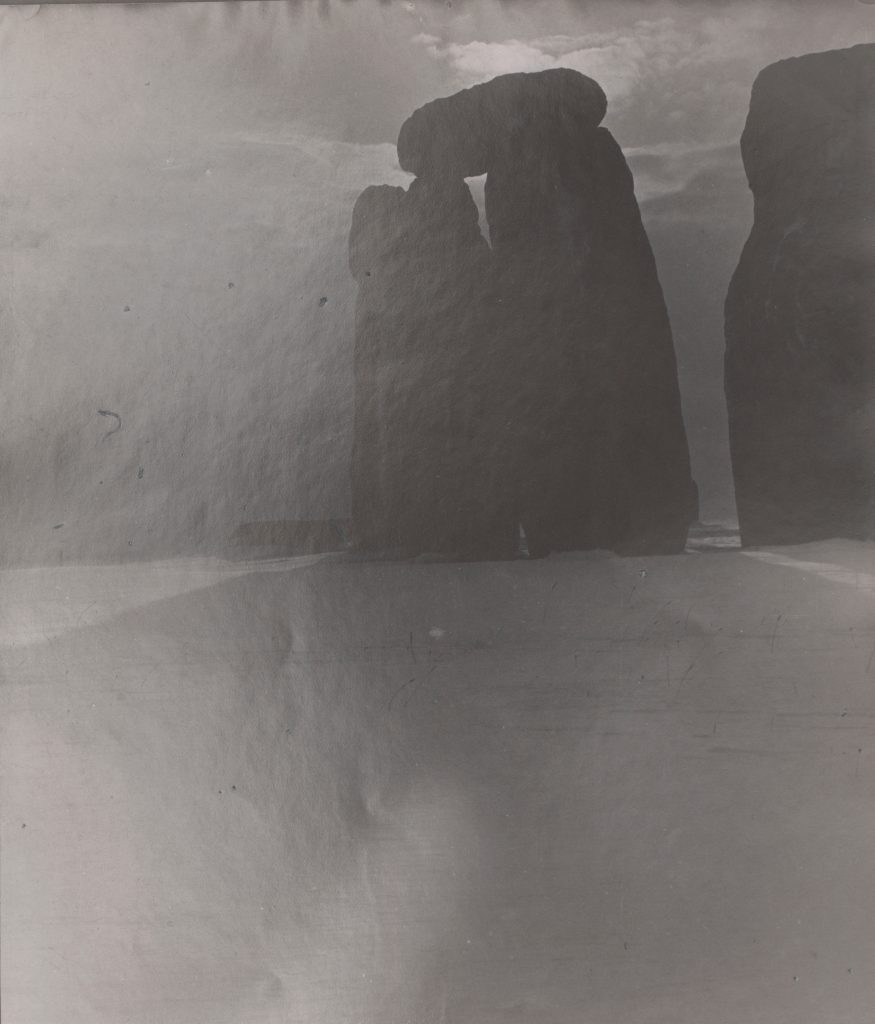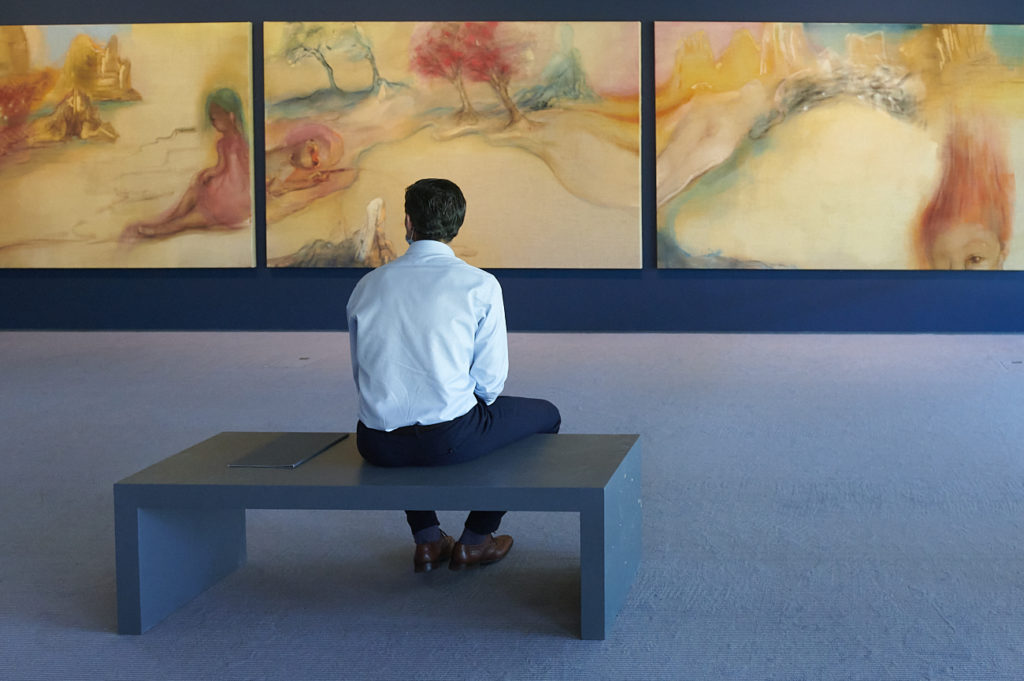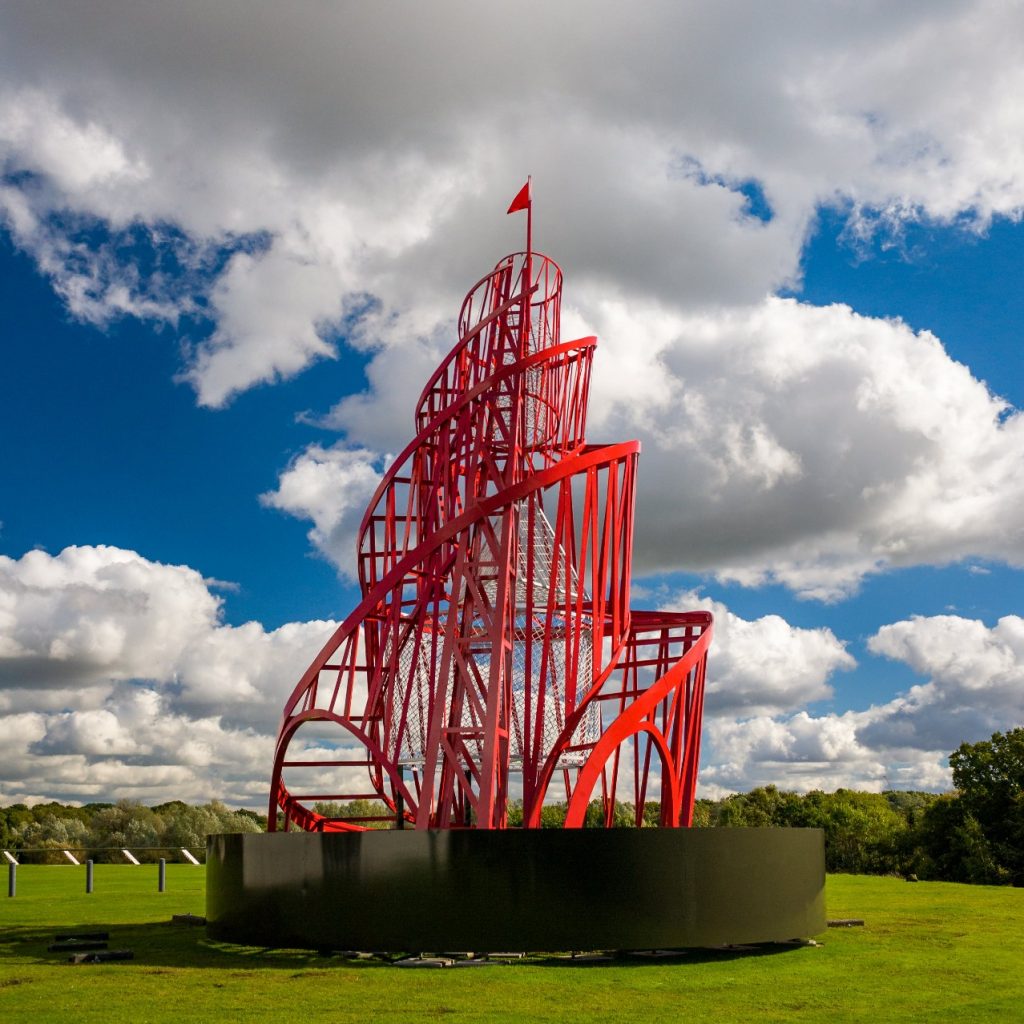There was a moment, in the late 1970s, when a young Martin Parr came face to face with a photographer famous for chronicling British life, just as he would later be. “I met Bill Brandt on the steps of the Photographer’s Gallery when I was very young,” Parr says. “He was thin and austere and had a certain presence to him. I can’t remember much more than that.” This would be the only physical meeting between the two photographers, and yet their work crossed paths many times before and since.
“His images seep into your consciousness”: Martin Parr on Bill Brandt’s Legacy
To mark the opening of Bill Brandt | Henry Moore, Parr discusses Brandt’s enduring importance to photography and why he especially loves the series A Night in London
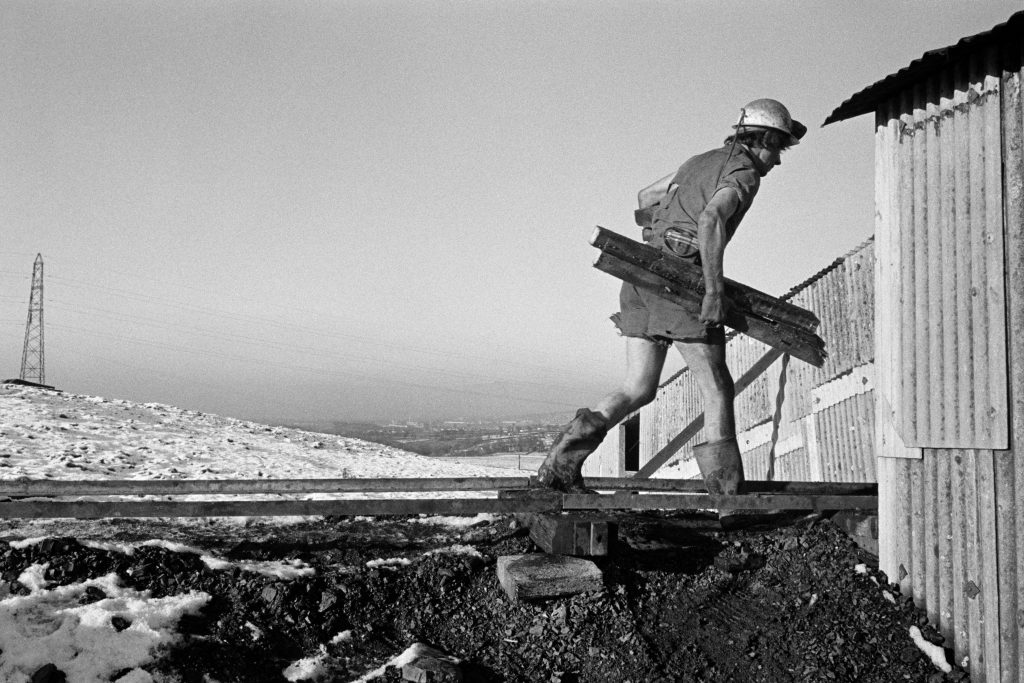
Martin Parr, a miner collecting wood for beams inside the mine, Merril Head Farm coal mine, Calderdale, West Yorkshire, 1976. © Martin Parr/Magnum Photos
Today, Parr is renowned for his colour-saturated series such as The Last Resort, 1983–85, and Common Sense, 1995–99, which lay bare the quirks of modern life. He first encountered the work of Brandt at the Hayward Gallery 50 years ago, on a visit to the exhibition Bill Brandt: Photographer. “We lived in Surrey then, so it wasn’t so hard to go up to London,” Parr says. “I saw the show and thought ‘wow, this is pretty good’. It was [all] taken in the UK, so that resonated – and just the strength of the images, the graphic nature of them”.
It was Brandt’s photographs taken in Halifax, in the north of England, that struck a particular chord. Parr would go on to explore the region himself soon after, and find it highly photogenic. “When I lived in the north [as a student in Manchester, and later in Hebden Bridge], you’d often not see a car in the street at all,” he says. “Nothing against cars, but it’s more romantic if they aren’t there.” Also drawing Parr’s attention were Brandt’s images of miners, whom Parr would photograph in West Yorkshire in the 1970s and would focus on again in 2019 on a trip to Tower Colliery in Wales.
Brandt’s work frequently appeared in publications such as Picture Post and Lilliput, and he revolutionised documentary photography with his modernist aesthetics and keen eye for narrative. Parr explains that the photography market was “asleep” at the time, and Brandt was “the shining light keeping the flame alive in the 40s and 50s, until that first generation of independent photographers turned up – people like Nigel Henderson and Tony Ray-Jones”. Brandt “was the first photographer I saw that really showed what was possible,” he adds. “The beautiful, contrasting designer-led images, they seep into your consciousness, and they’re there forever, locked away.”
One series that has particularly stood out for Parr is Brandt’s A Night in London, 1938, which captures the intricate social structures at play in the capital. The way it was printed, Parr says, “is sensational – you can almost lick the ink off the page, even now”. And beyond that, “it’s just a tight, very formative, brilliant book.” On series such as these, he adds, “You look back at those scenes, which you know don’t exist anymore, and you have to be nostalgic, right?” But it is, he says, “easy just to be nostalgic; it’s very difficult to make strong pictures still.”
Today, Brandt’s pictures are preserved for Parr within his vast photobook collection. Focused primarily on British photography, to aid his work supporting UK-based photographers with the Martin Parr Foundation, this collection includes a great deal of Brandt books and spreads. He has had to repurchase many of these works after donating a set to the Tate, and in the case of A Night in London, has a copy “in French as well, which is quite rare.”
In the exhibition Bill Brandt | Henry Moore visitors will see examples of Brandt’s later engagement with the landscape, such as his photographs of Stonehenge. These images hold particular resonance for Parr, who has visited the site numerous times himself, and who co-curated and contributed to the English Heritage exhibition Your Stonehenge currently on view there. He is still seeking the edition of Picture Post with one of Brandt’s images of the monument on its cover.
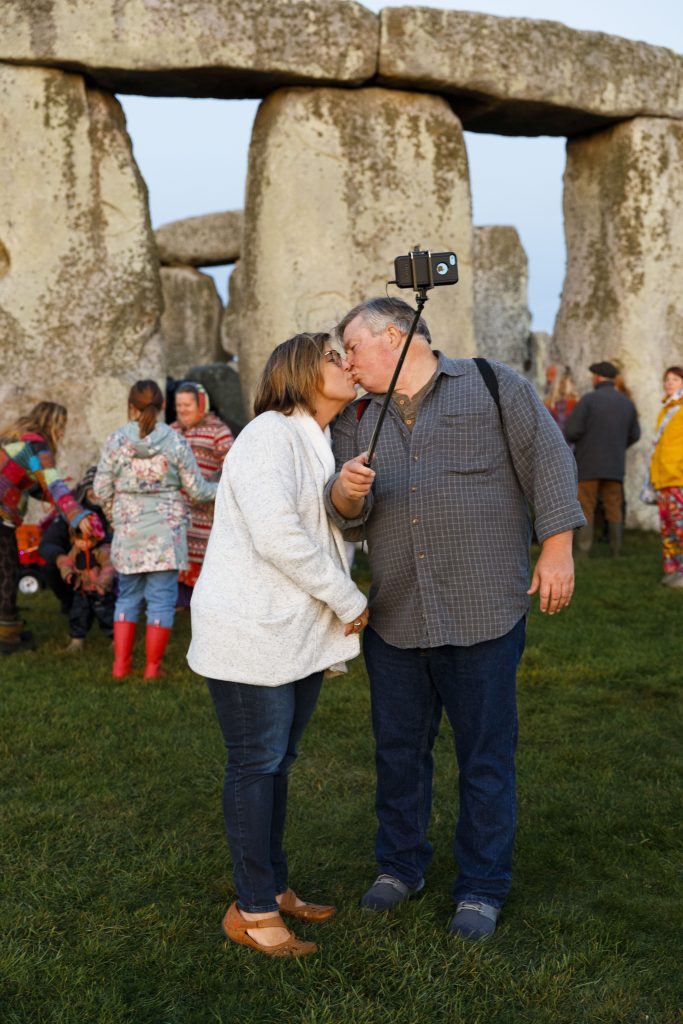
Parr is glad to see Brandt’s work being introduced to audiences in new ways. Meditating on this show, he sees a clear correlation between photographer and sculptor. “Brandt photographed Moore many times, and Moore’s sculptures obviously have that same drama in terms of design that his images have, so they’re very suited,” he says. “It’s a very clever mashup.”
Bill Brandt | Henry Moore is on view at the Sainsbury Centre until 7 March 2021
You might be interested in
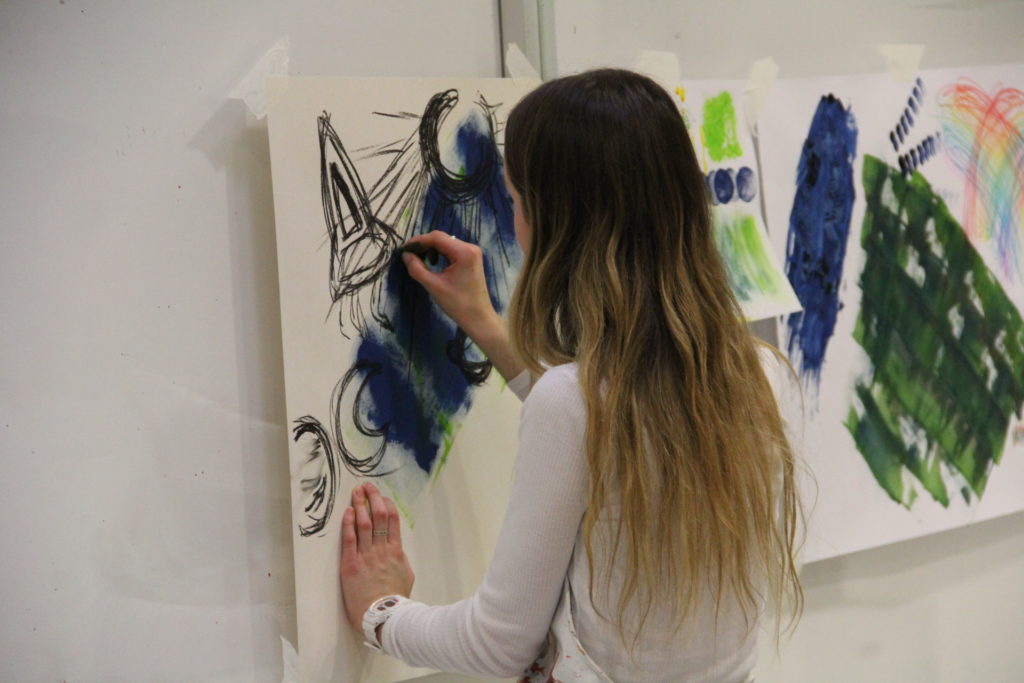
Learn & Create
The artworks in our collection and exhibitions come to life when you join us to look, think, discuss, question, create, play and tell stories around them. Find out how you can get involved and become a part of our learning community.
